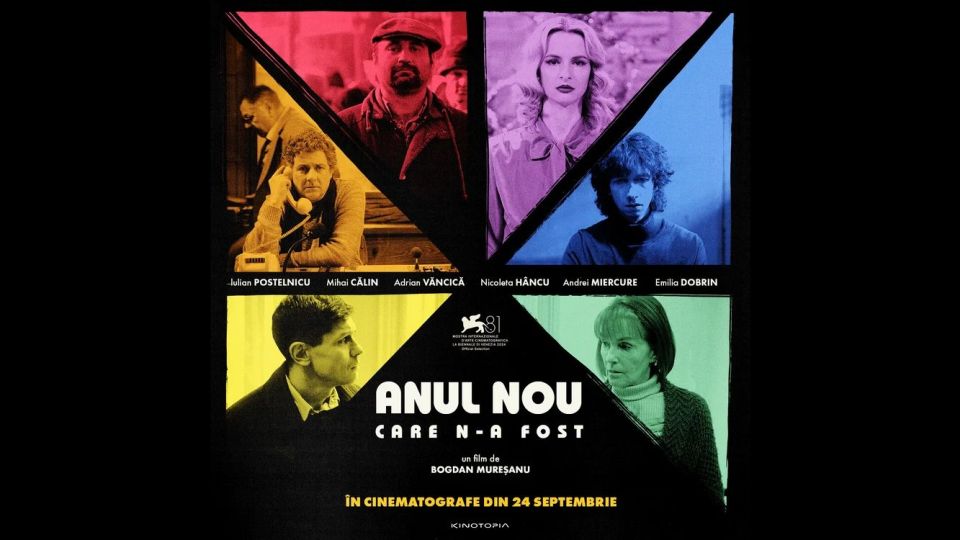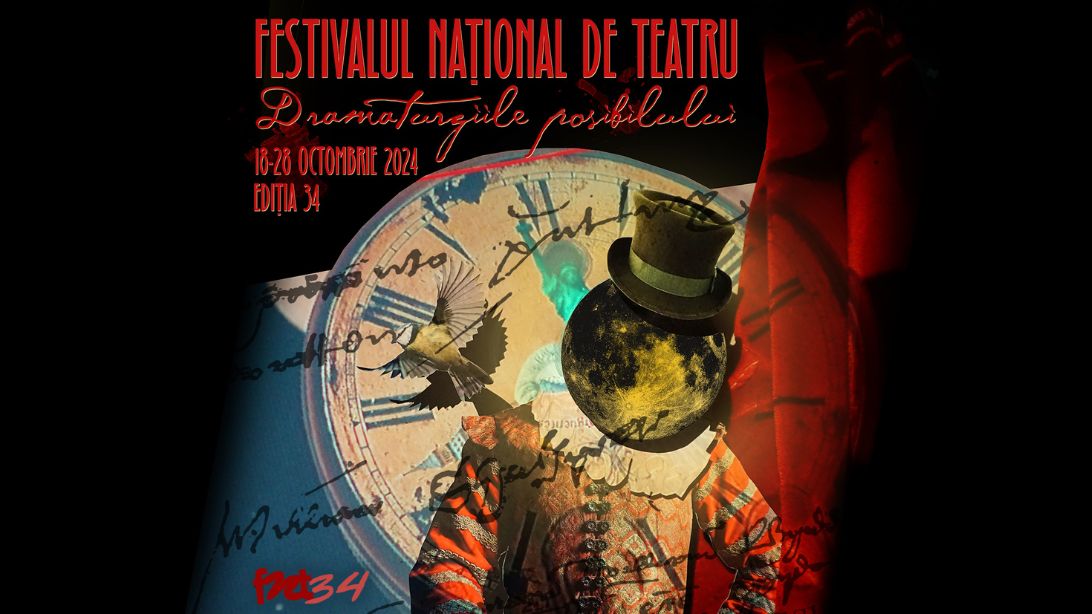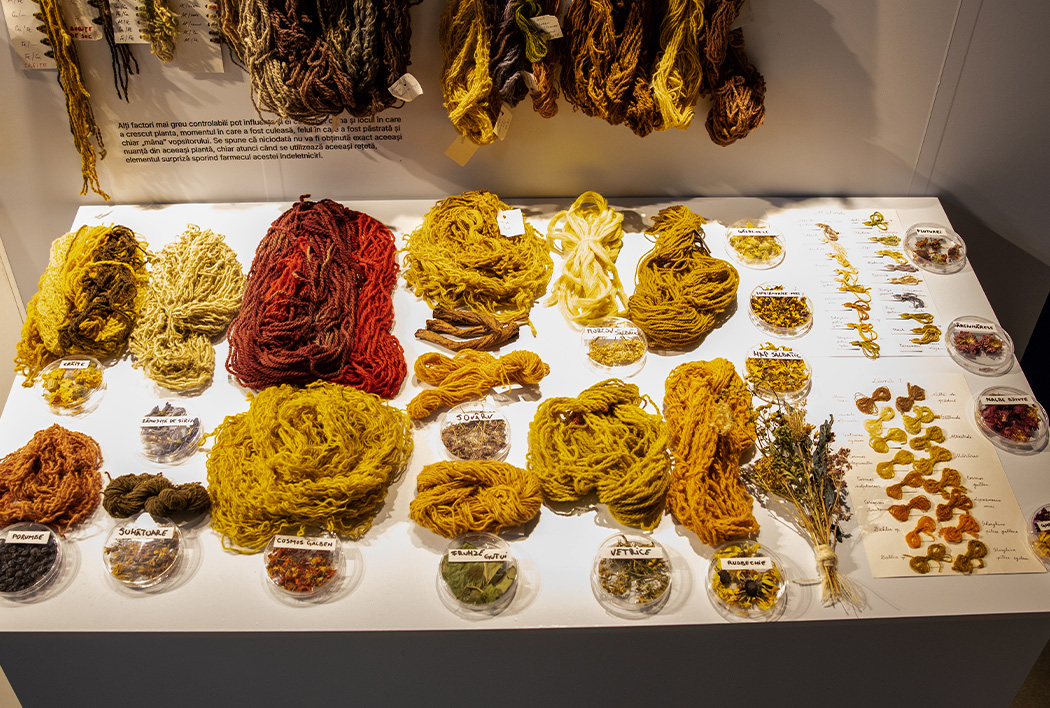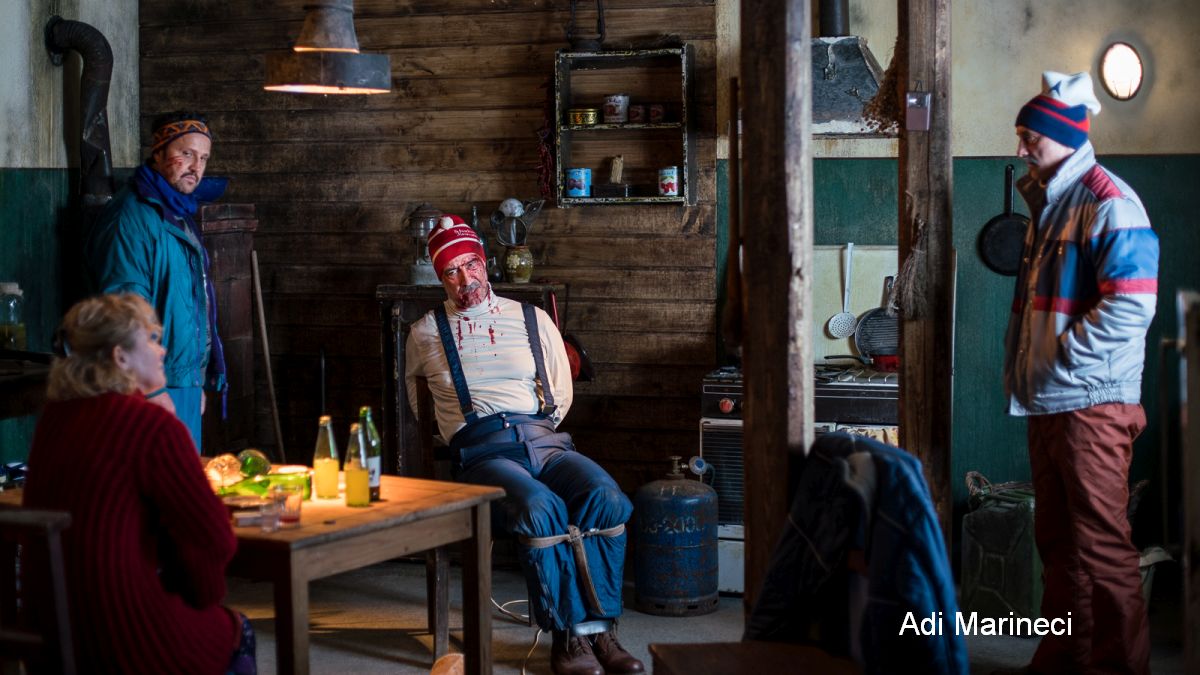The representation of women in Romanian art
The Cotroceni National Museum in Bucharest venues an exhibition dedicated to women.
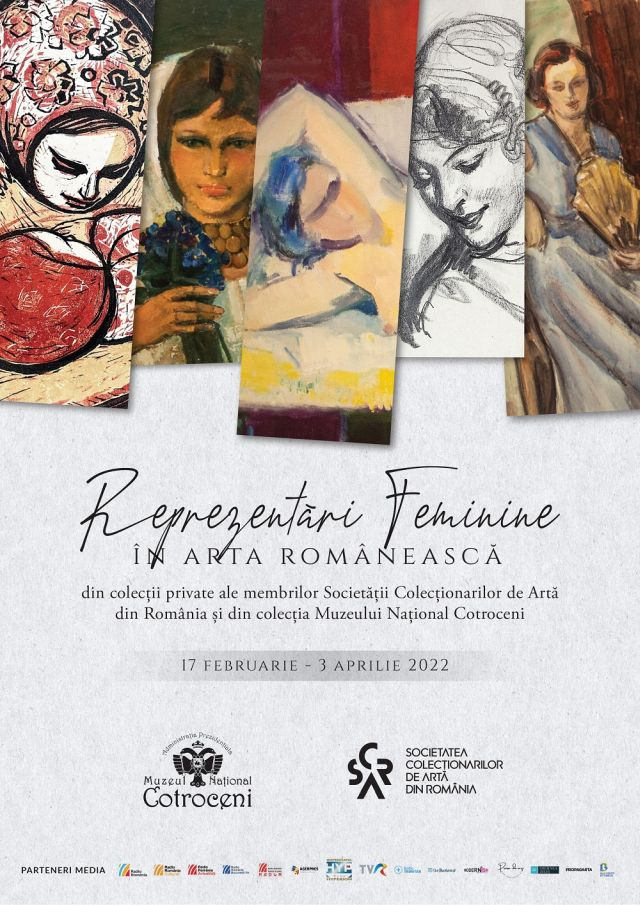
Ion Puican, 02.04.2022, 14:00
The Cotroceni National Museum in Bucharest venues an exhibition dedicated to women. Collector, art historian and curator Cosmin Nasui tells us more about it:
The exhibition dubbed The Representation of Women in Romanian Art brings together works from the collections of the members of the Society of Romanian Art Collectors and of the Cotroceni National Museum. Consequently, the works of art are from both private collections and from the institutional heritage of Cotroceni National Museum. The selected exhibits are less known ones, which have rarely been exhibited before. Some of them were made especially for this occasion. The items of the Society Collectors cover the entire 20th century and the 21st century with recent acquisitions. As regards the collection dedicated to representations of women in Romanian art, there are 29 such private collections from which exhibits have been picked. We obviously focused on works that can be displayed in a museum such as the Cotroceni National Museum. Most of the exhibits are paintings, graphic works and sculptures, representative of the late 19th century, starting with historical works signed by artists such as Misu Pop and others. There are also works by Trenk and Volkers, who came to Romania to accompany King Ferdinand on his documentary trips and during the military preparations around the Independence War. There is also the period defined by some art critics as the period of academics, and by other critics as the period of the primitives of Romanian art, represented by Misu Popp and his generation or artists. There are also works by well known painters such as Theodor Aman, Nicolae Grigorescu, Nicolae Tonitza, Petrașcu, up to more recent artists such as Horia Bernea or sculptors such as Oscar Han, Milița Petrașcu, or Medrea, big names with less exhibited or less known works.
Cosmin Năsui tells us ore about the exhibition The Representation of Women in Romanian Art, venued by the Cotroceni National Museum in Bucharest:
The works are displayed in a chronological order, as they have been part of various collections throughout time. We either refer to items that are part of historical collections, such as Tzigara-Saurcas, or to works that re-entered the private circuit after being given back to private owners by the National Art Museum. Important works which, for instance, are signed by Nicolae Grigorescu, were part of all important retrospectives of this artist, whether we refer to the ones in the 1950s or 1980s, which are today displayed for visitors at the Cotroceni National Museum. The topic of female representations in Romanian art is, of course, a complex one. So, given the exhibition halls at the Cotroceni National Museum and the availability of works from private collections, we have chosen a number of secondary themes. The exhibition opens with a gallery of portraits that cover, to say so, the entire range of types of female portraits. There is a section dedicated to female personalities, where we have paintings of Elena Cuza, Queen Elisabeth and Queen Mary. These portraits, besides revealing the skills of their authors, are also an occasion to discover the beauties that drew the attention of artists. There is another section of the exhibition dedicated to nudes, a privileged motif in collections from all historical periods. In spite of being less appealing to contemporary artists, this motif can be rediscovered. I believe the exhibition can also be very interesting for private art collectors, because they can find here famous works sold for record prices on the art market.

